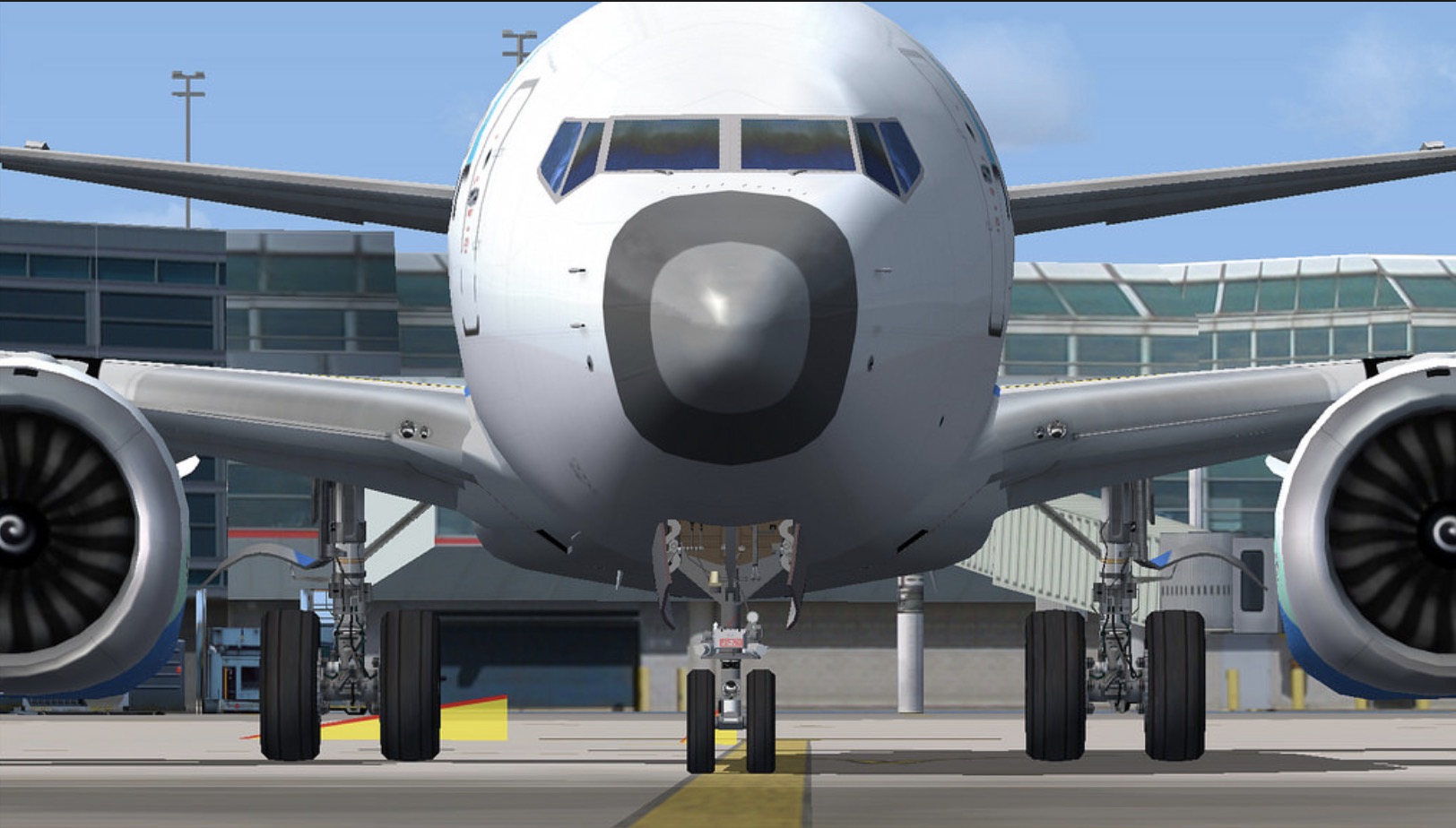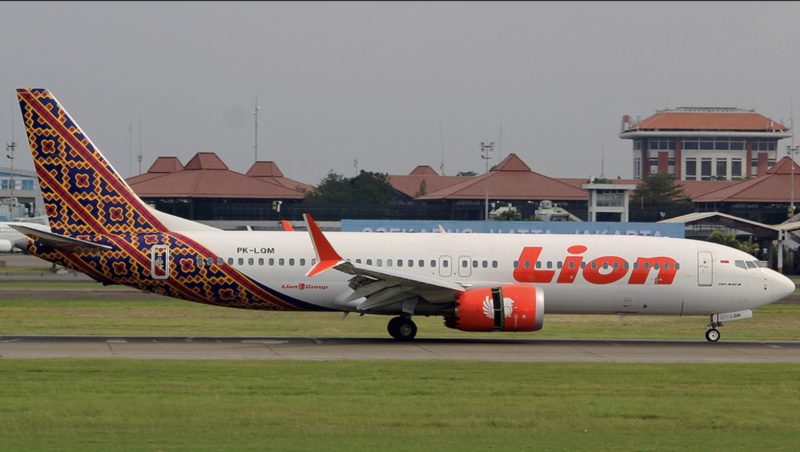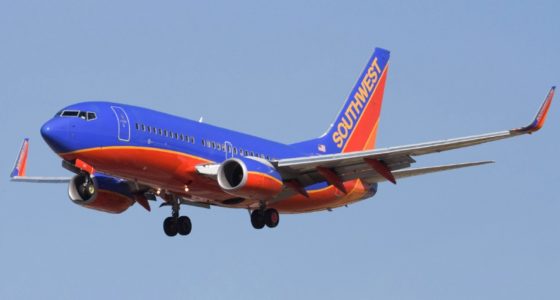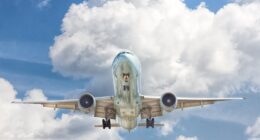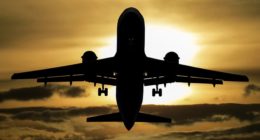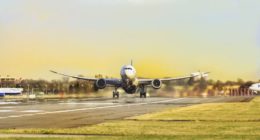Automation in aircraft is nothing new. For many years, commercial airliners have had autopilots, automatic navigation, and automatic landing systems, to name but a few. But in two recent air disasters, in which Boeing 737 Max planes owned by Lion Air and Ethiopian Airlines both crashed, automation is thought to have caused the disasters. As a result, people are beginning to question the safety of modern automated aircraft.
So how much automation do we actually have in modern aircraft? In what way did the Boeing Max 737 differ and what caused them to crash? And what should the aviation industry be doing in the future?
Automation in Modern Aircraft
Many people assume that because there are two pilots in the cockpits, most planes are being manually flown. But this is frequently not the case. Commercial airliners often have automated systems that assist or even replace pilots’ handling; they manage engine power, navigate the aircraft, and often complete landings. The pilots are often there simply to monitor the systems and take over in the event of any kind of failure. Indeed, one airline pilot told me that ‘autoland’ enabled airliners to land in zero visibility, i.e. fog, but “we can’t do it, because we wouldn’t be able to taxi”. So automation is nothing new or unusual.
What About the Boeing 737 Max and the MCAS?

The Boeing 737 Max differed from earlier 737 models in having larger engines, mainly to reduce fuel consumption and therefore costs. These were mounted further forward than previously, creating a handling problem which had to be addressed, as it meant that there was a greater chance of stalling during the take-off and climb. Boeing addressed this by introducing an automated system called Maneuvering Characteristics Augmentation System (MCAS). This would force the nose down from high angles of attack, removing the plane from the stalled condition.
However, the pilots of the two disaster aircraft did not know about the MCAS system. It has been said that a decision was made not to include this knowledge in pilot flight training. Instruments and automated systems can fail, and normally pilots recognise this and take over. But this is difficult to do when you are not familiar with the system and have not trained for it. So the problem appears to have been more to do with pilot training and human error, rather than automation in and of itself.
The Future of Automation in Aviation

Aircraft are likely to become even more automated in the future. Airlines and manufacturers want to reduce the number of pilots, since this could save money and alleviate the current pilot shortage. Several companies are already developing fully autonomous self-flying aircraft, and have tested prototypes. So automation is not going to go away; if anything, it will increase.
There seem to be two issues with this, but both are possible to solve. One is that pilots need to be capable of remedying the situation if things go wrong. Pilot training must ensure that pilots can recognise and deal with any equipment malfunction. The other problem is the attitude of the flying public. Automated aircraft are generally very safe, most crashes being caused by human error. But many people are deeply suspicious of automation, and incidents like the Boeing crashes can only make this worse. So a great deal of public education is probably needed.
Once these issues are dealt with, the future of the aviation industry is likely to include increased automation, and safety need not be a concern.
see also: The World’s Least Safe Airlines In 2018
see also: The Safest Airlines in the World In 2018
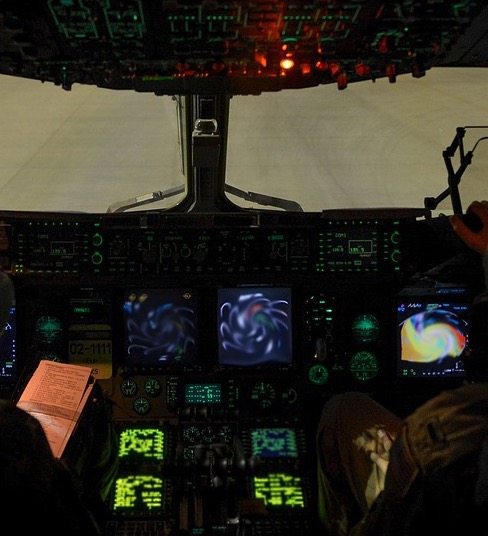
Helen is a retired pilot and flight instructor who has traveled around the world and visited more than 70 countries. An award-winning journalist and author, she has been writing for world-class aviation-focused publications.
